Our Natural Science Collection & DIY Field Guide
Children have an anxious concern for living beings, and the satisfaction of this instinct fills them with delight. It is therefore easy to interest them in taking care of plants and especially of animals. Nothing awakens foresight in a small child, who lives as a rule for the passing moment and without care for the morrow, so much as this.
~Dr. Maria Montessori
While taking a late summer stroll, my children and I decided to "collect " some of the interesting creatures we found along the way. As most of what we found was still alive, we chose to make it a photo collection. That way, we could leave everything where it was for others to discover and enjoy as well.
When we got home, we researched each of our creatures to learn more about them. Then we printed the photos and made flash cards out of cardboard cereal boxes:

After hand-writing the names of each critter, we bound the cards together to make our own Field Guide Books:
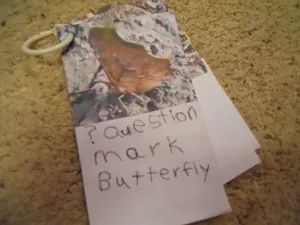
It is the end of August, and it has been a warm summer. Many of the plants and vernal pools are dry. Our first discovery was a victim of this loss of watery habitat:

This Large Diving Beetle was a bit over one inch long, emerald green with orange around the edges. These mighty hunters are the big beetle of the little pond, so to speak. They live only in small, still bodies of water and have voracious appetites. They feed on worms, larvae, other insects, and even small fish.
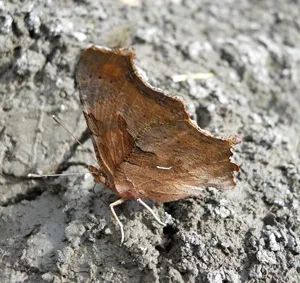
Our next find was this Question Mark Butterfly. The butterfly is so named because of a small silver mark (which is supposed to look like a question mark) located on the underside of the hind-wing. Can you see the question-mark on this butterfly? Probably not, I think this individual should be renamed the Dash Mark Butterfly. Another interesting fact: this particular butterfly is most likely a male. Male butterflies are often seen "puddling." In other words, they collect essential minerals from mud puddles.
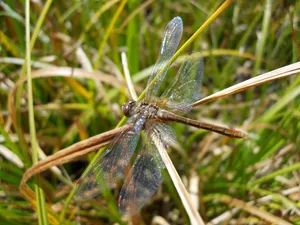
Dragonflies have been around since the time of the dinosaurs. Because they can move their four wings independently, dragonflies can fly forward, backward and hover in one place. Dragonflies are also our friends because, while harmless to humans, dragonflies can consume thousands of mosquitoes and their larvae. Hooray!
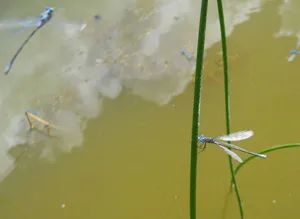
Can you tell the difference between a Damselfly and a Dragonfly? Dragonflies hold their wings straight out to the side, while Damselflies hold their wings behind them. Easy, huh?
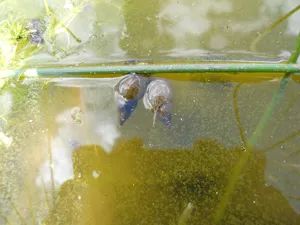
These two snails looked like they were in love, which lead us to wonder: are there girl snails and boy snails? The answer is yes,... and no. Apparently, every snail has both male and female organs. Snail eggs take two to four weeks to hatch and the average lifespan for a snail is 6 or 7 years, but some snails have been known to live for up to 25 years! Who knew?

The crowning jewel of today's collection was far and away this Blotched Tiger Salamander. Wow, was he big! I thought he was a baby alligator. The boys were not too keen on letting him go until they'd had plenty of observation time. We discovered that Tiger Salamanders are amphibians. They start their lives as water breathing larvae and metamorphose into air breathing adults. Adult Tiger salamanders can grow to be 9 inches long and can live to be 20 years old! I have to admit that I was relieved when the boys returned this guy to his natural habitat.
http://www.naturalbeachliving.com/2016/03/caterpillar-butterfly-ideas.html























